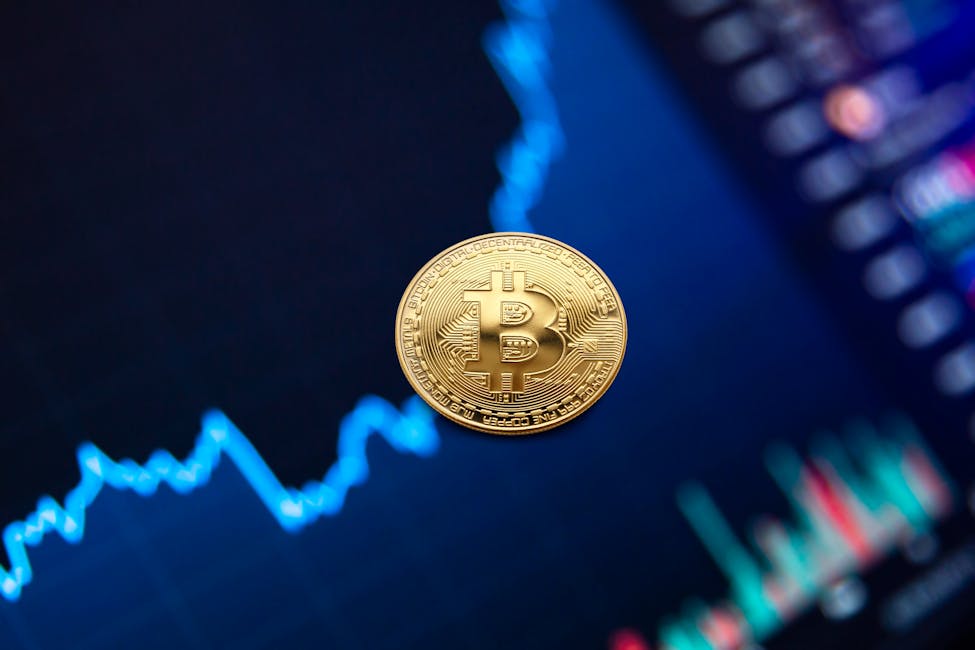In a world increasingly dominated by digital currencies and technology, the allure of tangible assets like gold might seem antiquated. However, gold’s enduring appeal persists, offering a unique combination of historical significance, economic stability, and diversification benefits that continue to resonate in the digital-first economy. This blog post delves into the reasons why gold remains a valuable asset for investors in today’s rapidly evolving financial landscape.
Historical Significance and Trust
Gold has a rich history, serving as a store of value for millennia. This long-standing tradition fosters trust and confidence in its ability to maintain purchasing power across generations. Its physical form, unlike digital currencies that are vulnerable to technological disruptions or government interventions, provides a tangible representation of wealth. This inherent trust, coupled with its scarcity and historical use as a medium of exchange, contributes to its enduring appeal. The physical presence and verifiable nature of gold create a sense of security that digital assets often lack. This inherent security, stemming from its history and physical form, makes it a compelling investment option for those seeking a more traditional asset class.
Hedge Against Inflation and Economic Uncertainty
Throughout history, gold has demonstrated its effectiveness as a hedge against inflation. During periods of economic instability or rising prices, gold often maintains its value, acting as a safe haven for investors. This characteristic is particularly relevant in today’s world, where fluctuating interest rates, global uncertainties, and geopolitical tensions can create significant economic volatility. Gold’s ability to maintain its purchasing power during turbulent times makes it an attractive option for investors looking to protect their wealth and navigate uncertain economic landscapes. By diversifying their portfolio with gold, investors can mitigate the risk associated with market fluctuations and maintain a stable financial footing.
Portfolio Diversification and Risk Mitigation
In a portfolio context, gold acts as a valuable diversifier. Its historical performance often moves inversely to traditional asset classes like stocks and bonds. This counter-cyclical behavior can help mitigate portfolio risk during market downturns. Including gold in a diversified investment portfolio can help balance potential losses in other asset classes, enhancing overall portfolio stability and resilience. By incorporating gold into their investment strategy, investors can effectively manage risk and maximize potential returns while maintaining a degree of security.
Understanding the Role of Gold in a Digital Economy
While the digital economy is rapidly transforming financial markets, the fundamental principles of value and security remain relevant. Gold, as a tangible asset, offers a counterpoint to the volatility inherent in digital currencies. Investors are increasingly seeking diversified portfolios that include both digital and tangible assets, recognizing the unique strengths of each. In today’s interconnected world, gold provides a sense of stability and resilience that complements the dynamism of the digital landscape.
Factors to Consider
- Market Volatility: Gold prices can fluctuate, and it’s crucial to conduct thorough research and consider professional advice before making any investment decisions.
- Storage Costs: Storing physical gold requires careful consideration of security and potential storage costs.
- Investment Goals: Gold’s role in a portfolio should align with overall investment goals and risk tolerance.
Conclusion
In conclusion, while the digital-first economy is reshaping financial landscapes, gold continues to hold significant value. Its historical significance, role as a hedge against inflation, and ability to diversify portfolios make it a compelling investment option. Understanding its nuances and potential risks, alongside professional guidance, can help investors effectively integrate gold into their strategies for sustainable wealth management in today’s complex financial world. By recognizing its unique attributes and considering its role within a broader investment framework, investors can harness the power of gold to navigate the complexities of the modern financial environment.

